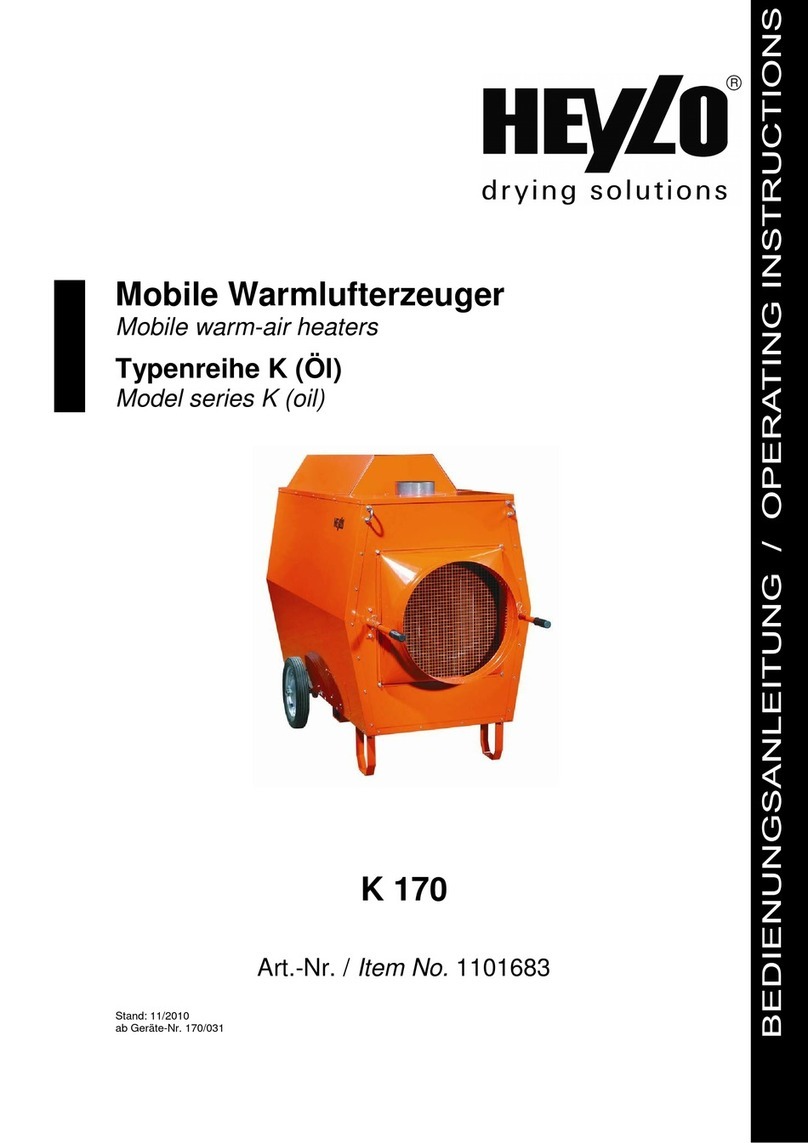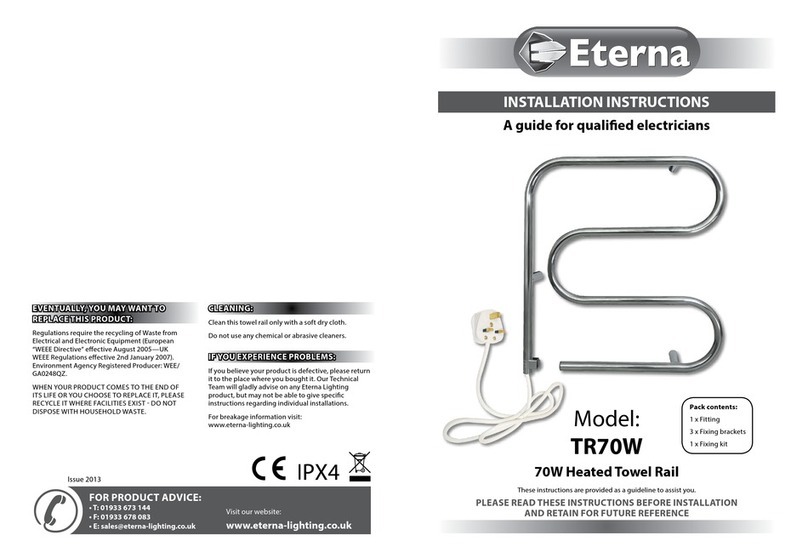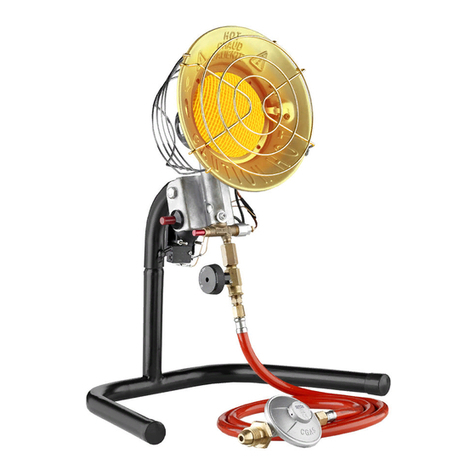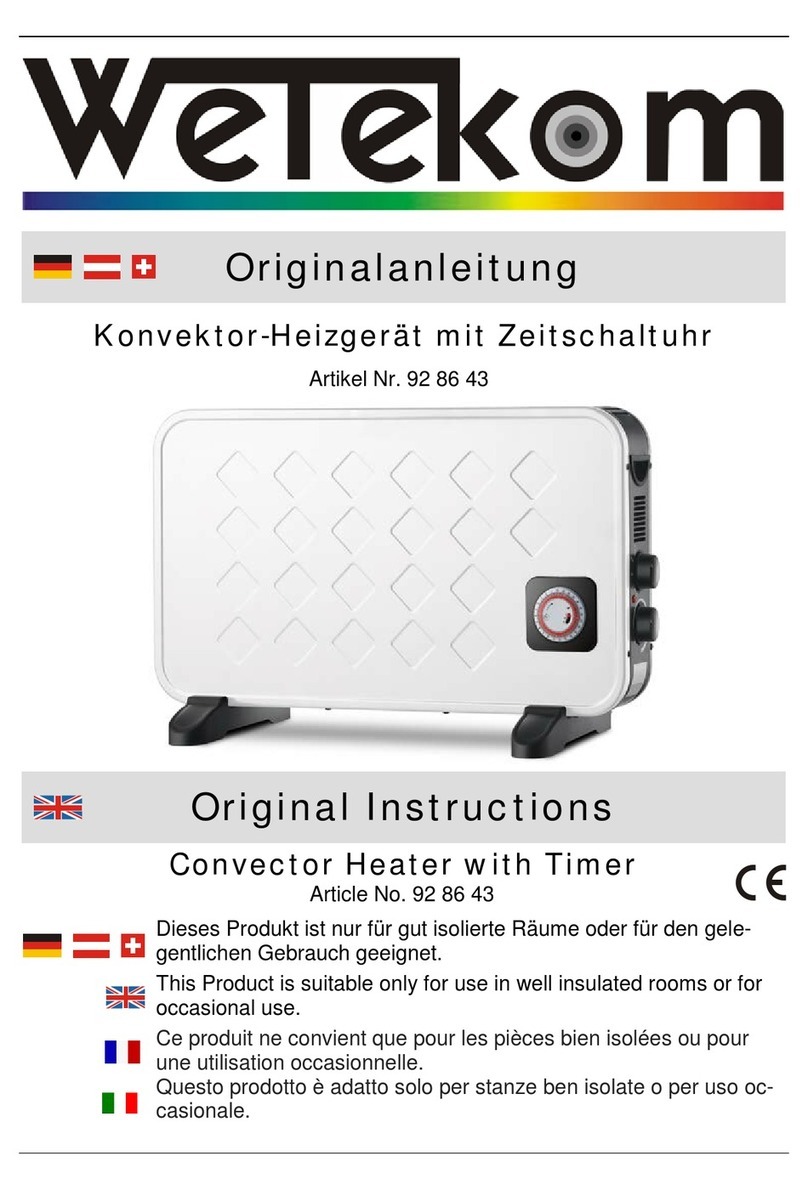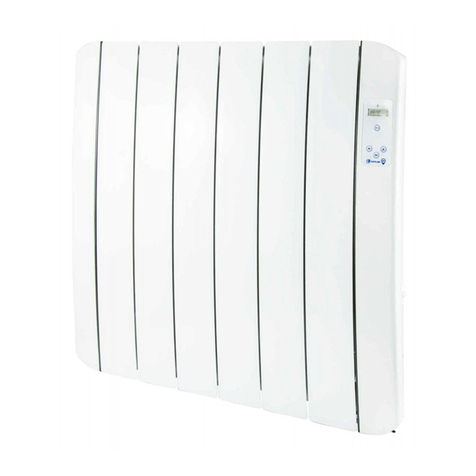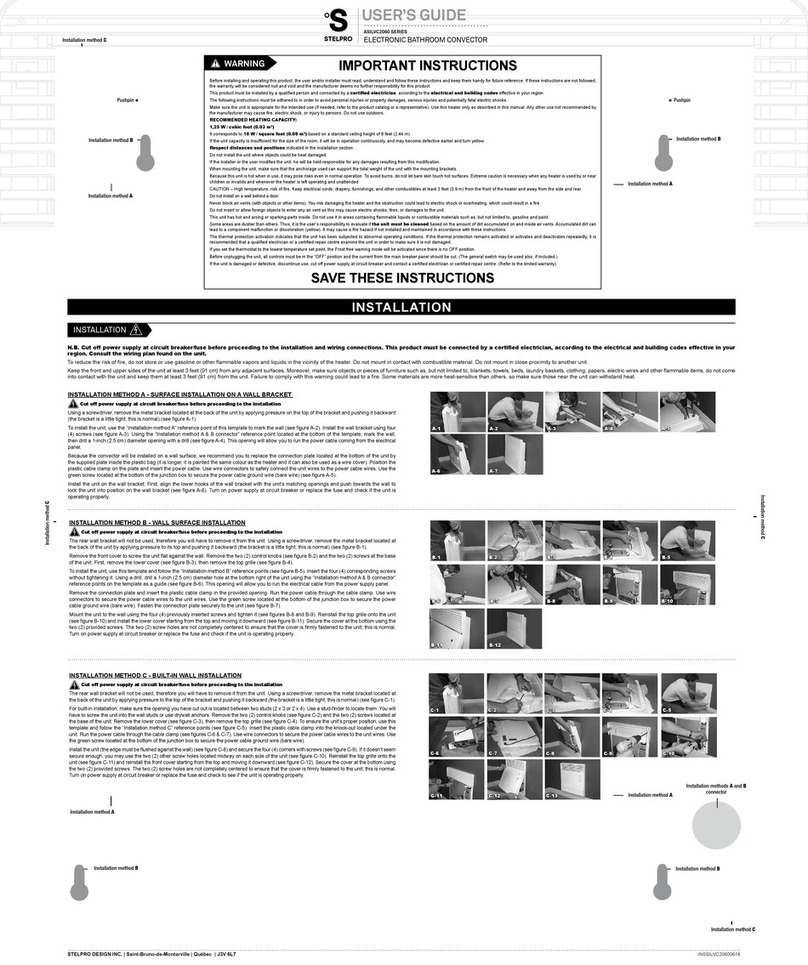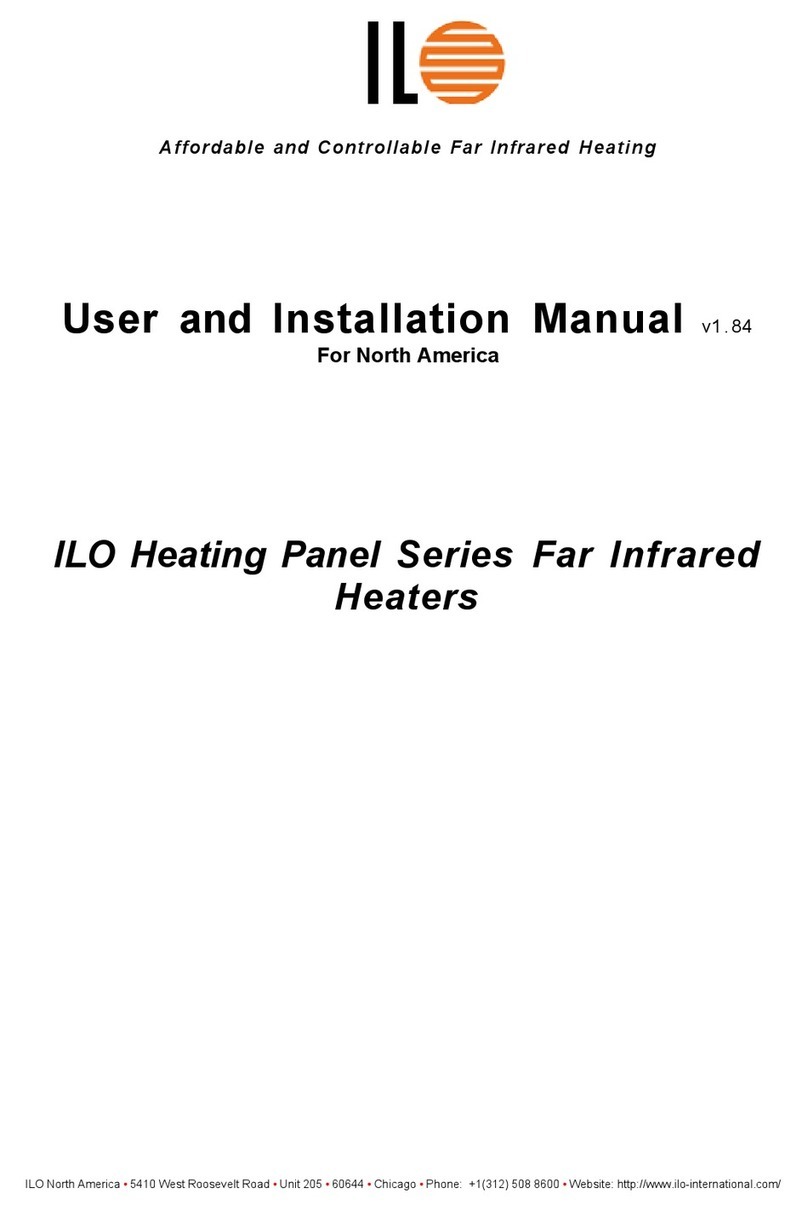
in this manual.
Introduction
Congratulations on purchasing a genuine Henan Hi-Flame® Stove. When cared for properly,
the high quality, finely crafted cast iron stoves and fireplaces will offer many years of reliable
performance. This instruction manual has been developed to ensure optimum performance from
the Henan Hi-Flame® stove and fireplace range. It's very important that you thoroughly read
and understand all instructions before using your new stove or fireplace.
Table of Contents Page
VERY IMPORTANT ...................................................................................................... 1
Introduction ................................................................................................................. 2
Stove Safety ................................................................................................................. 3
Before installing your stove ....................................................................................... 4
Adequate provision air ................................................................................................... 4
Installation ................................................................................................................... 5
The floor protection ....................................................................................................... 6
Installation clearances ................................................................................................... 7
Well sealed flue system ................................................................................................. 8
Chimney connector ....................................................................................................... 8
Chimney ........................................................................................................................ 9
Factory Built Chimney ..................................................................................................10
Masonry Chimney ........................................................................................................ 11
Combustible Wall Chimney Connector Pass-Throughs ................................................12
Operating Your Stove ............................................................................................... 13
Fuel ............................................................................................................................. 13
First operation of stove ................................................................................................ 13
Air controls .................................................................................................................. 13
Refueling ...................................................................................................................... 14
Ash removal ................................................................................................................ 14
Overnight burning ........................................................................................................ 14
Stove Maintenance .................................................................................................... 15
Care of glass ............................................................................................................... 15
Replacement of glass .................................................................................................. 16
Replacing parts ........................................................................................................... 16
Surface finish .............................................................................................................. 16
Trouble Shooting ....................................................................................................... 19
Fire not burning ........................................................................................................... 19
Glass blackens ............................................................................................................ 19
Smoke in room ............................................................................................................ 19
Fire burning too quickly ............................................................................................... 19
Chimney fire ................................................................................................................ 19
Specifications ............................................................................................................ 20
Henan Hi-Flame Warranty ......................................................................................... 20








